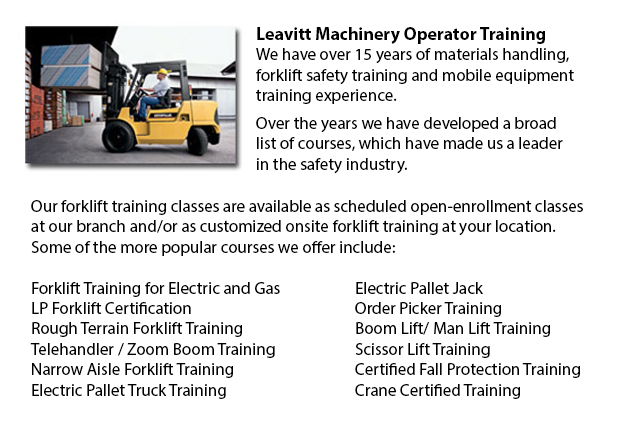
A pallet stacker is a type of pallet jack that is utilized to transfer, stack and lift palletized produce that are overly arduous for manual lifting. Its key purpose is to load and unload pallets on trucks, as well as transferring pallets to and from an assortment of places within a storeroom space or warehouse. For the most part pallet stackers are constructed of heavy duty materials to withstand extreme weights. Pallet stackers are often referred to as pallet jacks. They can be operated from a seated, upright or walk-behind position. Pallet jacks are separated into manual and powered styles.
Certain basic parts comprise the pallet stacker. There are forks that slide beneath a pallet, capable of moving and lifting it to a desired height. The engine compartment or casing houses the gas-run, electronic or hydraulic equipment that powers the instrument.
Manual pallet stackers are hand-powered. They operate hydraulically to make hauling burdensome pallets an easier task. Usually a walk-behind version meaning they are operated by pulling and pushing the stacker to its preferred location. Utilizing a foot pedal or lever raises the stackerâ??s forks. Squeezing a lever or trigger returns the forks to the ground. These designs of pallet jacks are ideal for lighter loads of up to approximately 1 ton or 907.18 kg.
Electric or gas powered pallet jacks can accommodate extreme lifting weights of up to 5 tons or 4535.92 kg. They are physically less demanding than the manual versions thanks to the automated power to lift and lower the stackerâ??s forks. These styles are steered by turning the handle in a specific direction. There is a button on the knob that functions to raise and lower the forks. A throttle found on the stackerâ??s handle moves the device forward and in reverse. This variety of equipment is generally known as a forklift and is used from a sit-down position.
As the fork width, load maximum and lift height differ dramatically between separate designs, selecting the correct pallet stacker to fit the job is vital. Some stackerâ??s lift peak may tolerate several pallets to be stacked, while others might only allow two at a time. Certain types of these lift trucks include an adaptable fork so as to allow the stacker to slide beneath pallets of unusual sizes and shapes. Several fork models can be quite successful when different types of pallets are being utilized in the same warehouse.
-
Pneumatic Forklifts
Pneumatic lifts are referred to as pallet lift trucks or pump trucks and are widely utilized in warehouses and transport plants to transport materials on pallets. Pneumatic forklifts comprises a pair of metal blades installed on a wheeled counterweig... More -
Pallet Lifts
A pallet lift is a model of equipment focused in the transporting of pallets of many dimensions and weights. They might be utilized as an attachment for forklifts, cranes and other kinds of heavy machinery or be utilized on their own. Pallet lifts ar... More -
Doosan Forklift
Doosan Infracore Company Ltd. is an international and intercontinental organization that features Defense Industry Products, Industrial Vehicles, Diesel Engines, Automation Systems, Machine Tools and Construction Equipment. In the United States... More -
Aerial Lifts
Aerial forklifts can accommodate numerous odd jobs involving high and tricky reaching places. Often utilized to execute regular upkeep in structures with lofty ceilings, prune tree branches, elevate heavy shelving units or fix phone cables. A ladder... More -
Reach Trucks
Reach trucks are loading devices used by varieties of businesses that sustain a storage facility or supply center relating to the arrangement of completed merchandise and supplies on pallets which are inserted into elevated shelving units. This machi... More

Forklift Training Vancouver
TOLL FREE: 1-888-254-6157
24389 Fraser Highway
Langley, British Columbia
forklifttrainingvancouver.com
Email Us
About Us


